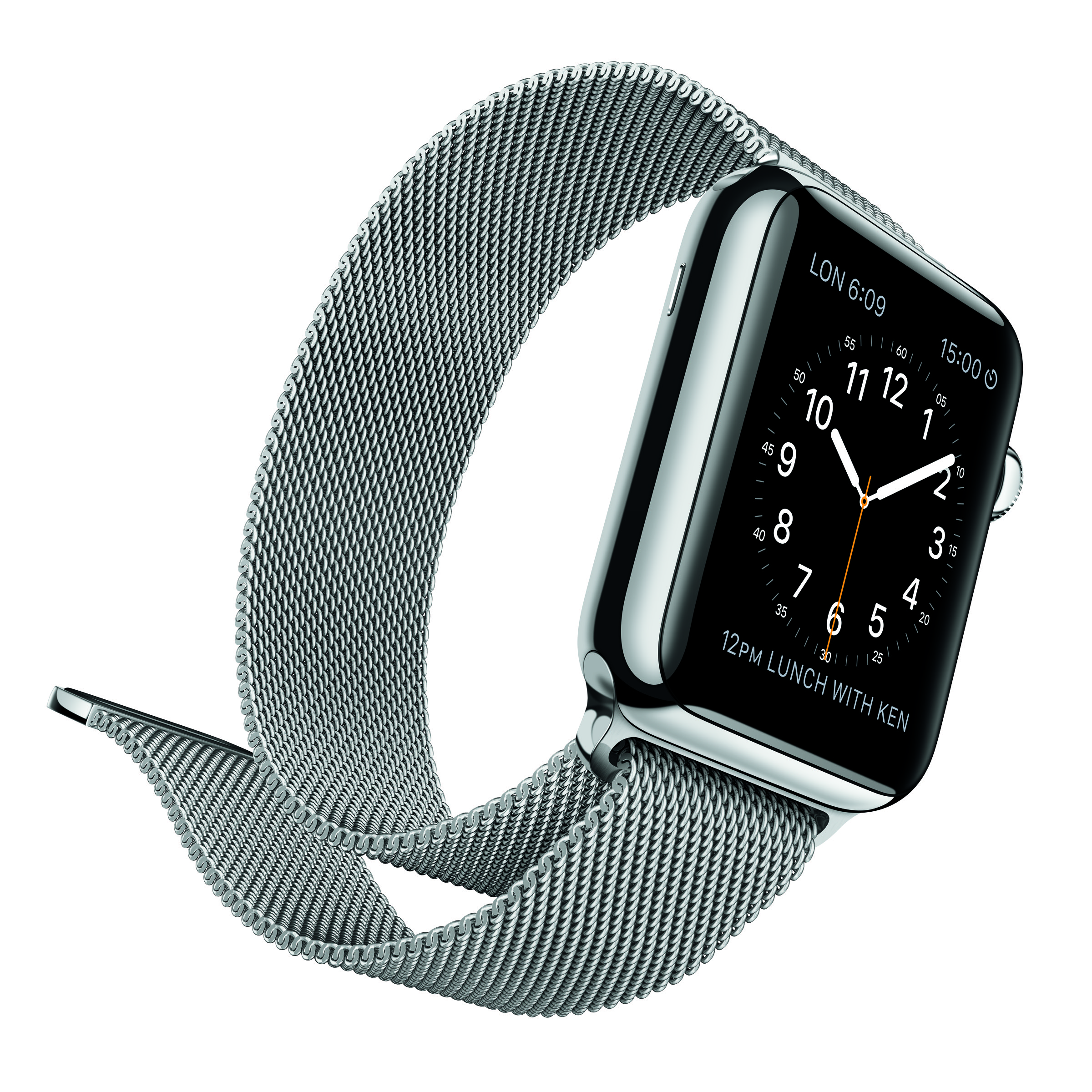Why the Apple Watch Is Confused by Tattoos

Some Apple Watch users who have tattoos are running into problems when using the device's heart-rate monitor and other features, as it appears the ink in tattoos can interfere with the watch's sensors.
This week, one person noted on the website Reddit that the Apple Watch's auto-lock would engage when it was placed over an arm tattoo, possibly indicating that the device was not registering that it was being worn. And the heart-rate monitor gives different readings when placed over tattooed and nontattooed skin, with very dark ink colors appearing to cause the most trouble, according to the website iMore.
The Apple Watch monitors heart rate in the same way as the Basis Peak, the Fitbit Surge and other wrist-worn fitness trackers — they all use a light that shines into the skin to measure pulse. The light strikes the blood vessels in your wrist, and then sensors on the devices detect how much light is reflected back, which lets the devices detect the changes in blood volume that occur each time your heart beats, pushing blood through your body.
The Apple Watch has an LED light that flashes many times per second to detect your heartbeat, the company says.
However, changes to the skin, including permanent tattoos, can affect the heart-rate sensor's performance, Apple says. "The ink, pattern and saturation of some tattoos can block light from the sensor, making it difficult to get reliable readings," Apple's support website states.
If users are experiencing issues with the heart-rate monitor because of tattoos or other factors not related to the device itself, they can use an external heart-rate monitor (such as a chest-strap monitor) and connect it to the Apple Watch via Bluetooth, the company says.
Not all wrist tattoos will interfere with the Apple Watch's sensors — iMore found that lighter-colored tattoos did not disrupt readings as much as darker-colored tattoos, and that patterned tattoos did not appear to cause problems. The type and design of a person's tattoo may determine whether he or she experiences problems with the device, according to iMore.
Get the world’s most fascinating discoveries delivered straight to your inbox.
Follow Rachael Rettner @RachaelRettner. Follow Live Science @livescience, Facebook & Google+. Original article on Live Science.

Rachael is a Live Science contributor, and was a former channel editor and senior writer for Live Science between 2010 and 2022. She has a master's degree in journalism from New York University's Science, Health and Environmental Reporting Program. She also holds a B.S. in molecular biology and an M.S. in biology from the University of California, San Diego. Her work has appeared in Scienceline, The Washington Post and Scientific American.


